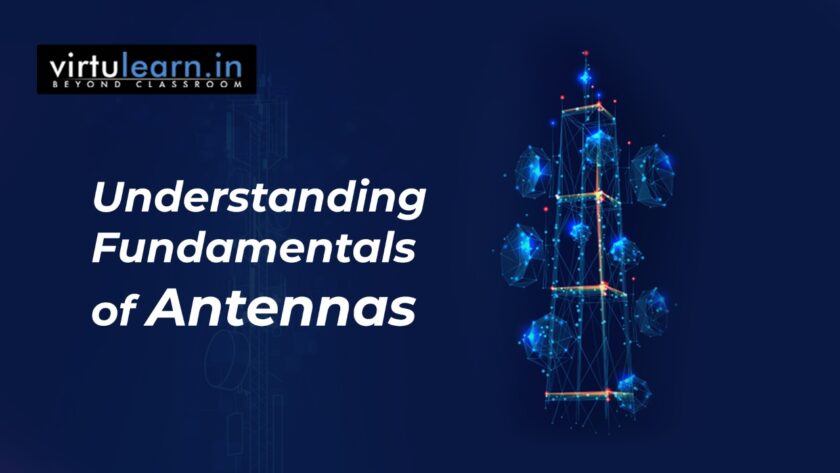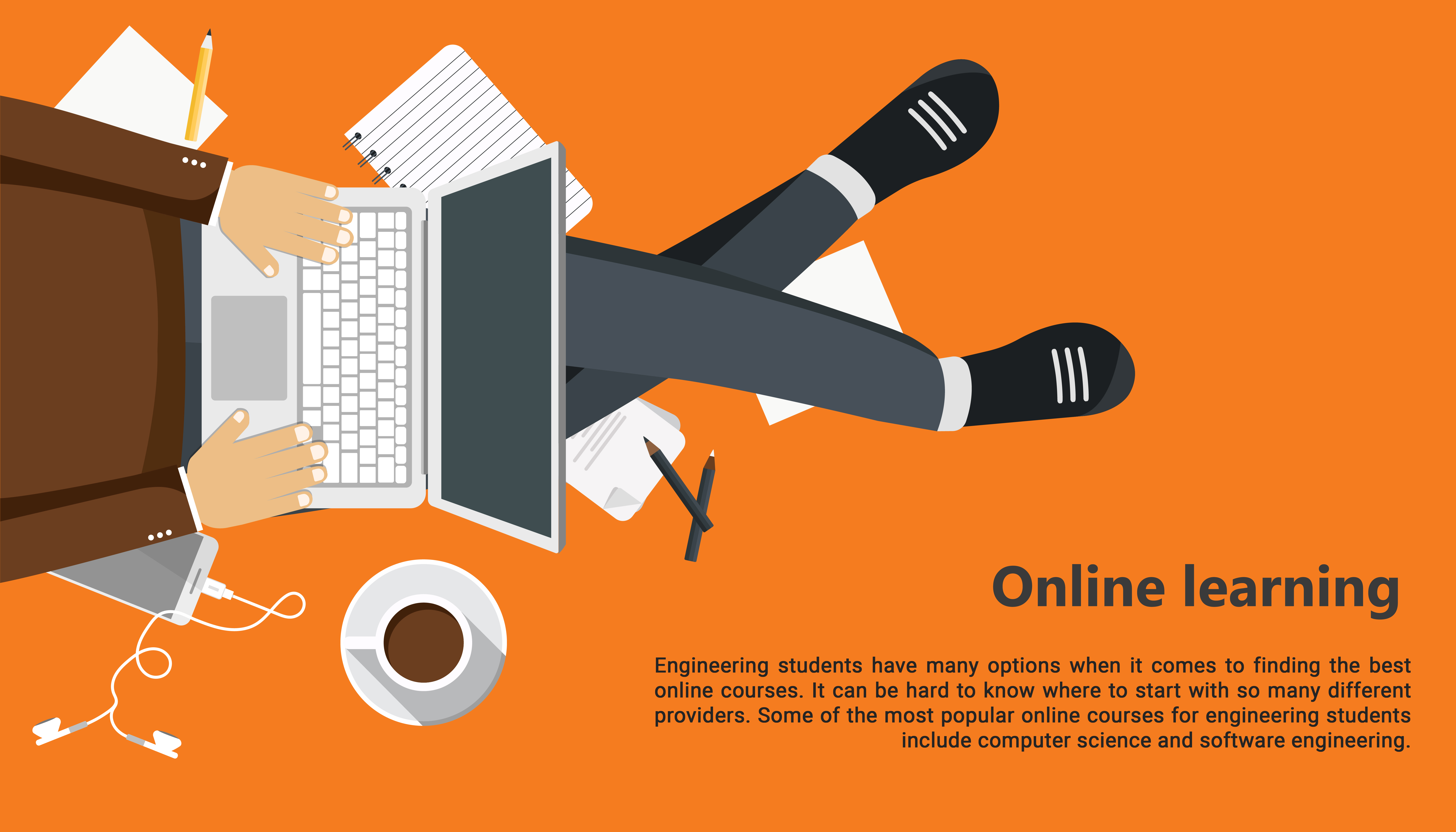Antenna and wave propagation is crucial subjects that you should study to be a better radio communicator. Antenna theory is how antennas work, and wave propagation is the study of how waves propagate through the air, on water, or through other substances.
There are many different ways to study antenna and wave propagation, but one way is to use computer simulations. By understanding antenna and wave propagation, you can improve your radio communications skills.
Antennas and wave propagation are fundamental subjects for electronics and communications engineers. Wave propagation is how energy from an antenna is radiated in all directions. Antenna design is an essential part of wave propagation, as antennas must be able to radiate energy in all directions to achieve maximum range.
Antenna types
An antenna is a metal or other material device used to collect and focus radio waves. Radio waves are energy waves transmitted through the air, the ground or other mediums, and they are used in various applications such as broadcasting, telecommunications and radar. Radio waves travel in lines called waveshapes, which their wavelength and their amplitude can describe.
The antenna types you will most likely encounter in a wave propagation course are Dipole, Yagi, and log periodic. Dipole antennas consist of two straight rods connected at their ends by a length of wire. The antennas are adjusted so that the centre of the radiation pattern is pointed in the direction you want to send your signal. A Yagi antenna comprises multiple cloverleaf-shaped elements pointed in different directions. Log periodic antennas use a repeating pattern of wires to create an extended broadcast or reception area.
- Dipole antennas
Dipole antennas are efficient and straightforward antennas that can be used in many communication applications. Dipole antennas have a single polarized antenna element and work best when the electric field is perpendicular to the antenna element. These antennas are commonly used in wireless communication systems because they have a low profile and can be placed near the transmit or receive antenna. Dipole antennas can also be used as radiation pattern gauges because they can be tuned to various wave frequencies. - Yagi antennas
Yagi antennas are a common type of antenna used in wireless communications. They are named after the Japanese engineer Takeo Yagi, who developed the antenna in the 1920s. Yagi antennas are often used for communication because they have a wide bandwidth and can be pointed in many directions.
Yagi antennas are also used to measure radiation patterns because they can be tuned to various wave frequencies. Parabolic antennas are similar to the Yagi antenna, but they have a more focused beam. - Log-periodic antennas
Log-periodic antennas are antenna structures that employ a periodic structure in the antenna elements. The most common type of log-periodic antenna is the log-periodic Dipole, which exhibits a logarithmic (base 10) frequency response. This property makes these antennas good candidates for use in communication systems, as they can be tuned to specific frequencies without using an electronic filter.
Log-periodic antennas are a class of antennas that exhibit properties of both linear and nonlinear antennas. Antennas in this class typically have a logarithmic antenna pattern, resulting from the antenna’s nonlinear response to signals. This type of antenna has many applications, including wave propagation and telecommunications. - Loop antennas
A loop antenna is designed to capture and transmit radio waves in a circular pattern. Loop antennas are often used in wireless communications because they have several advantages over traditional antennas. Loop antennas are compact so that they can be placed close to the target device or receiver, and they can be oriented in any direction without having to re-orient the entire system. Additionally, loop antennas can be tuned to specific frequencies, making them ideal for certain types of wireless communication. - Helical antennas
An antenna that is helical in shape is an electrically small antenna that has been designed to maximize its gain in the presence of a given radiation environment. It is often used for short-range wireless communications, such as those used in military and law enforcement applications. The antenna can be made from various materials, but it is typically made from copper wire wound around a steel or aluminium core. - Radio waves
Understanding antenna and wave propagation can be a complex topic for those not well versed in the subject. However, with a little bit of effort, it is possible to learn how these phenomena work and how they can be used in wireless telecommunications. Certain concepts, such as impedance matching and Faraday’s first electricity law, are essential to understanding antenna radiation patterns and propagation characteristics.
Antennas and waves Both antennas and waves are essential in wireless telecommunications systems, and they provide how information can be transmitted from one point to another. The term antenna is used to describe a device used to convert between electrical signals and electromagnetic fields.Propagation paths
Antenna propagation can be studied in many different ways. One way to study antenna wave propagation is to use an antenna simulator. Antenna simulators help researchers understand how antennas work and interact with the surrounding environment. Researchers can also use antenna simulators to test the performance of different antennas. Antenna wave propagation can also be studied using a range of mathematical models. Mathematical models help researchers understand how waves travel through various media, such as air, water, and soil.
In comparison to electromagnetic waves, antenna propagation is acoustic and mechanical.
The propagation of an electromagnetic wave depends on the nature of the medium in which it propagates. An electromagnetic wave can propagate through air, water, or other media.
Signals and noise
When studying antenna and wave propagation, it is essential to understand the different signals and noise affecting them. Signals are the information that is being sent over a network or communication system, while noise is anything that disrupts or interferes with the signal. Noise can come from various sources, such as electromagnetic interference (EMI), atmospheric conditions, and human activity. Understanding how to study antenna and wave propagation effectively means distinguishing between these various sources of noise and understanding how to reduce their impact on the signal.
Signals are generally modulated by EM radiation, and the signal is a combination of the carrier frequency, the modulation index and the phase shift.
In conclusion, antennas and wave propagation are essential aspects of wireless communication. Antennas are used to transmit and receive electromagnetic waves, and wave propagation is responsible for transmitting those waves through the atmosphere. By understanding these concepts, you can better understand how your wireless devices work and how to optimize their performance.




